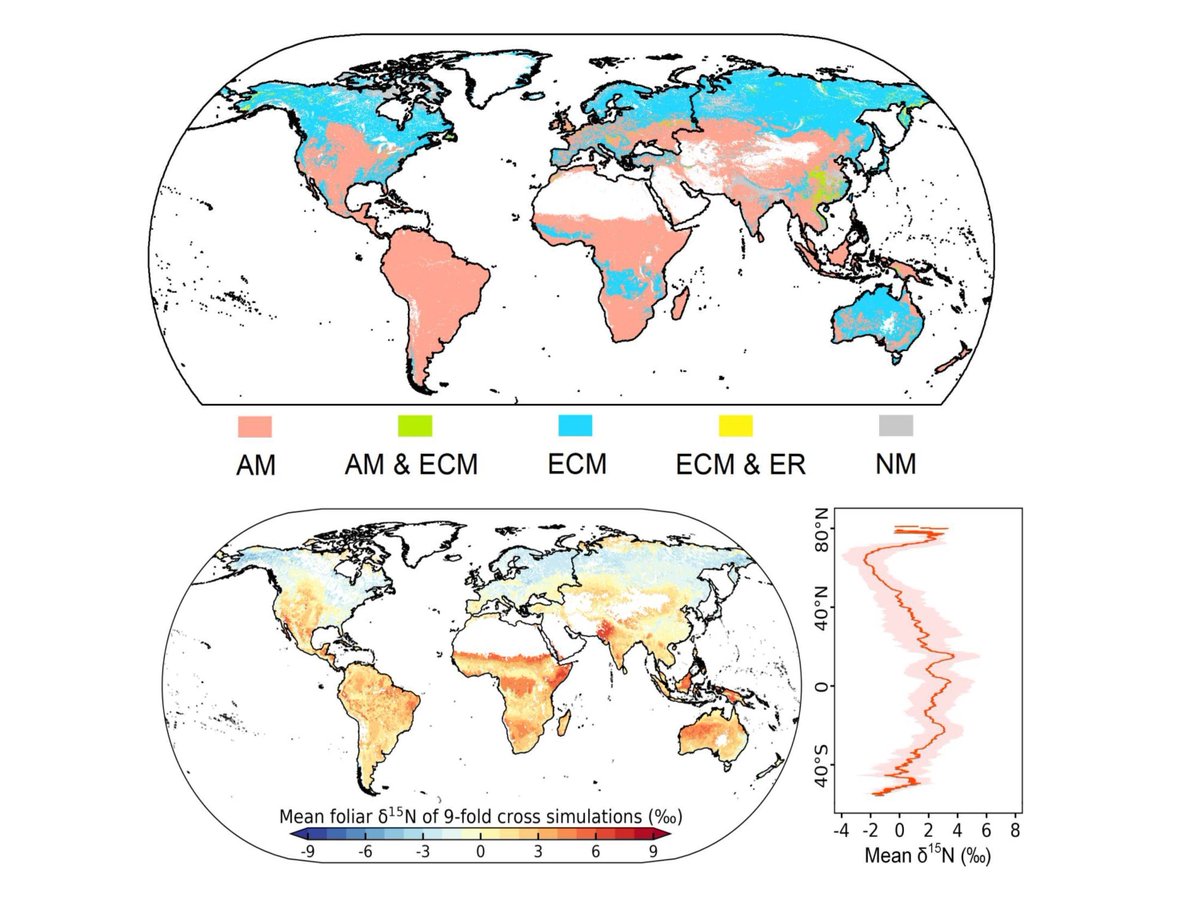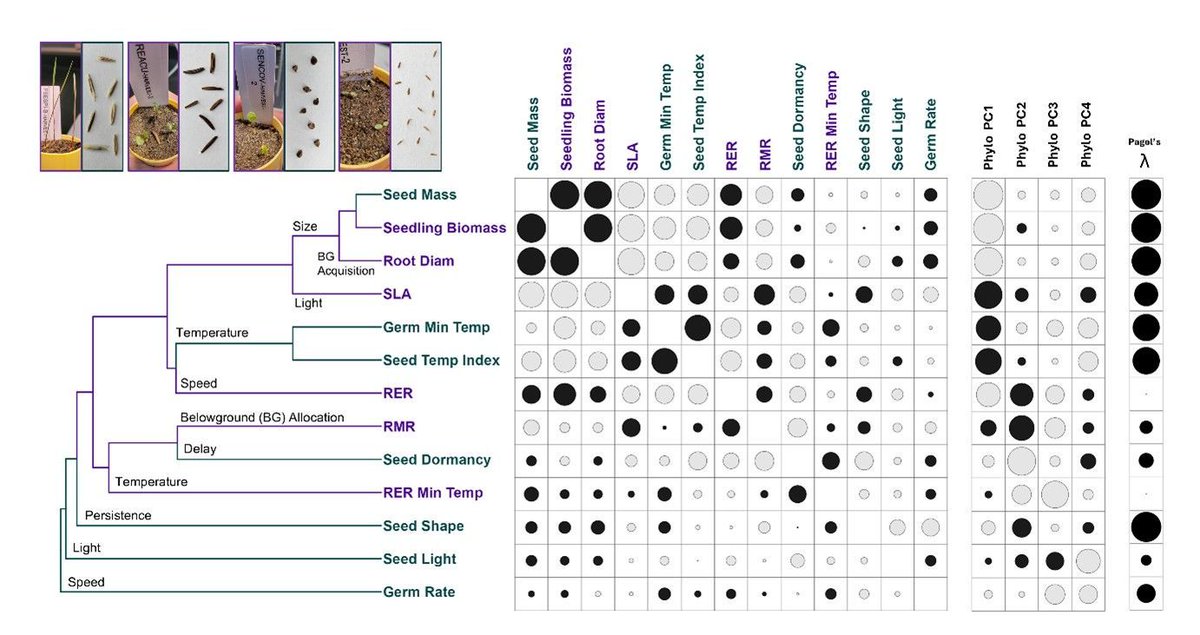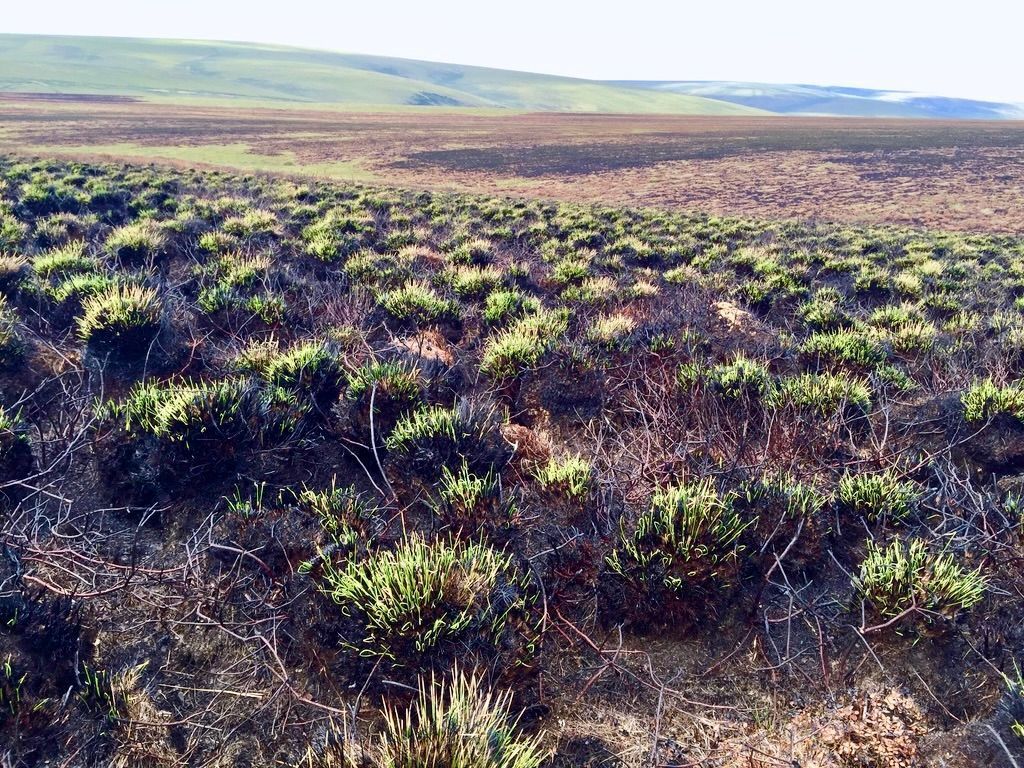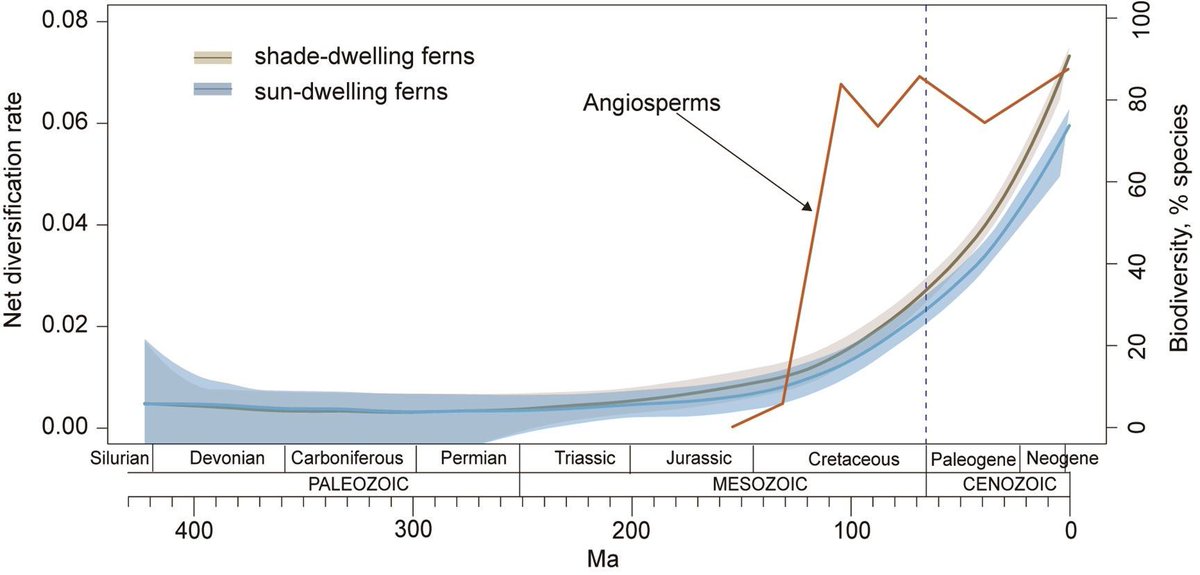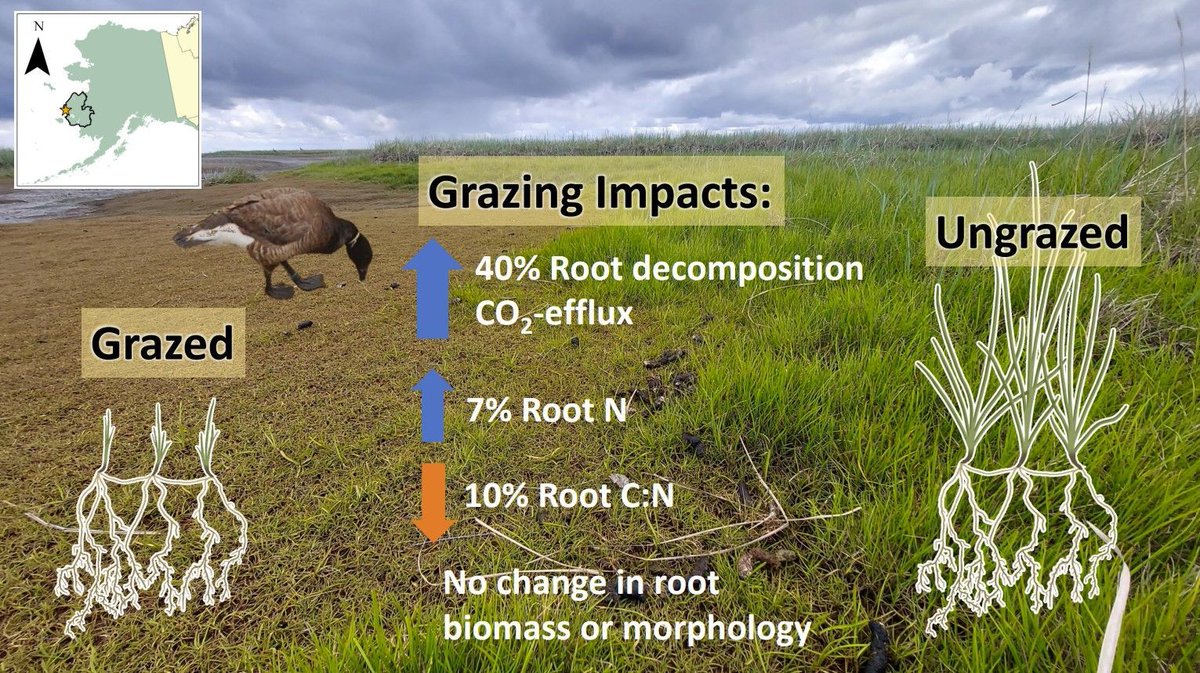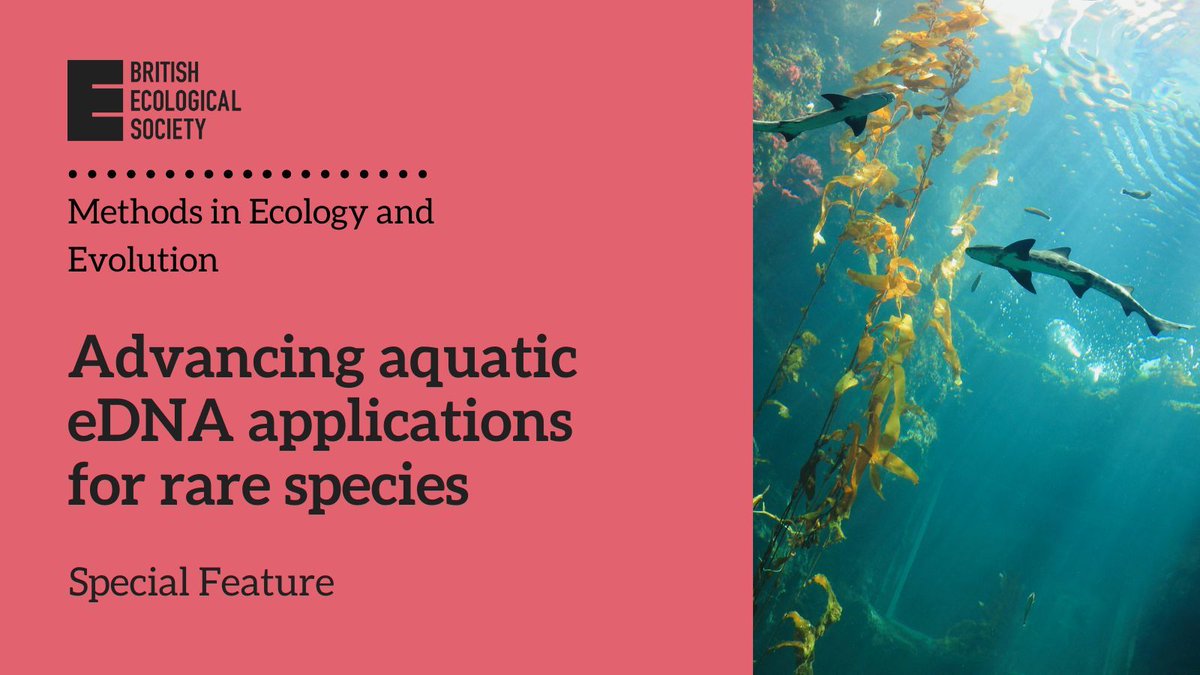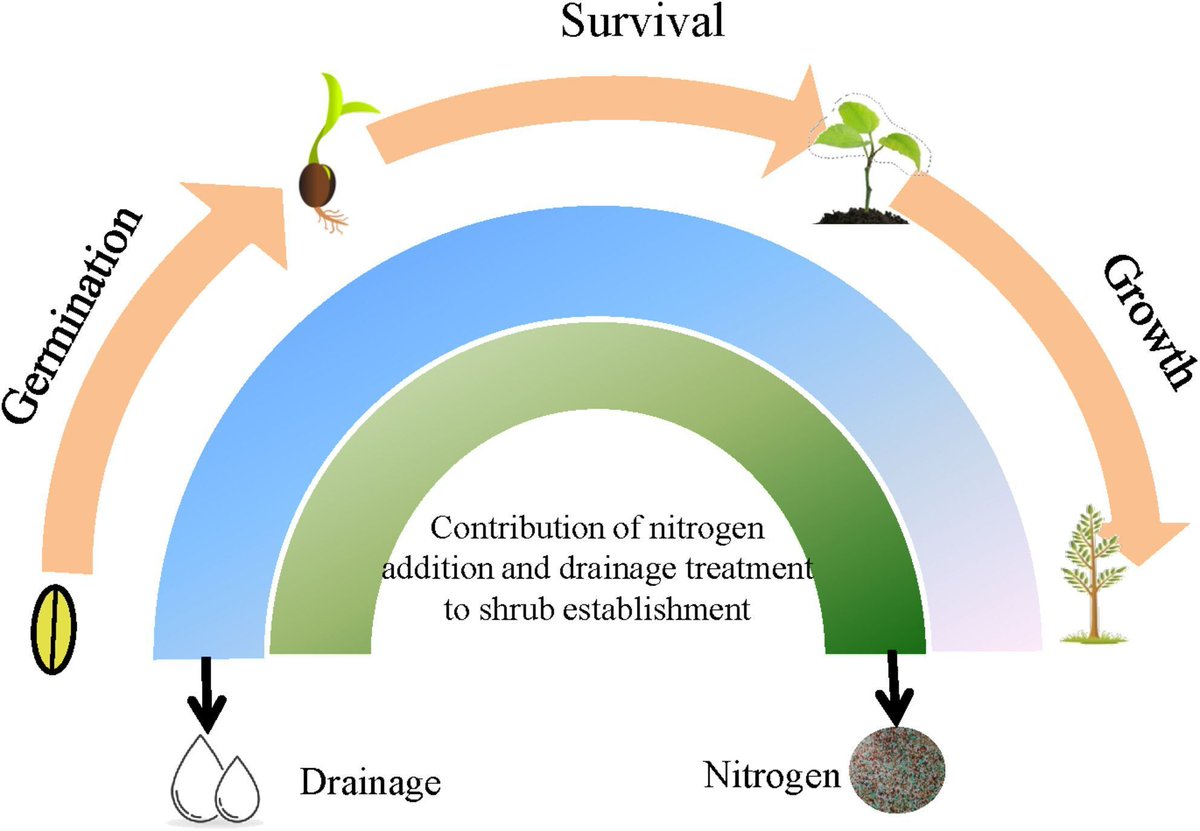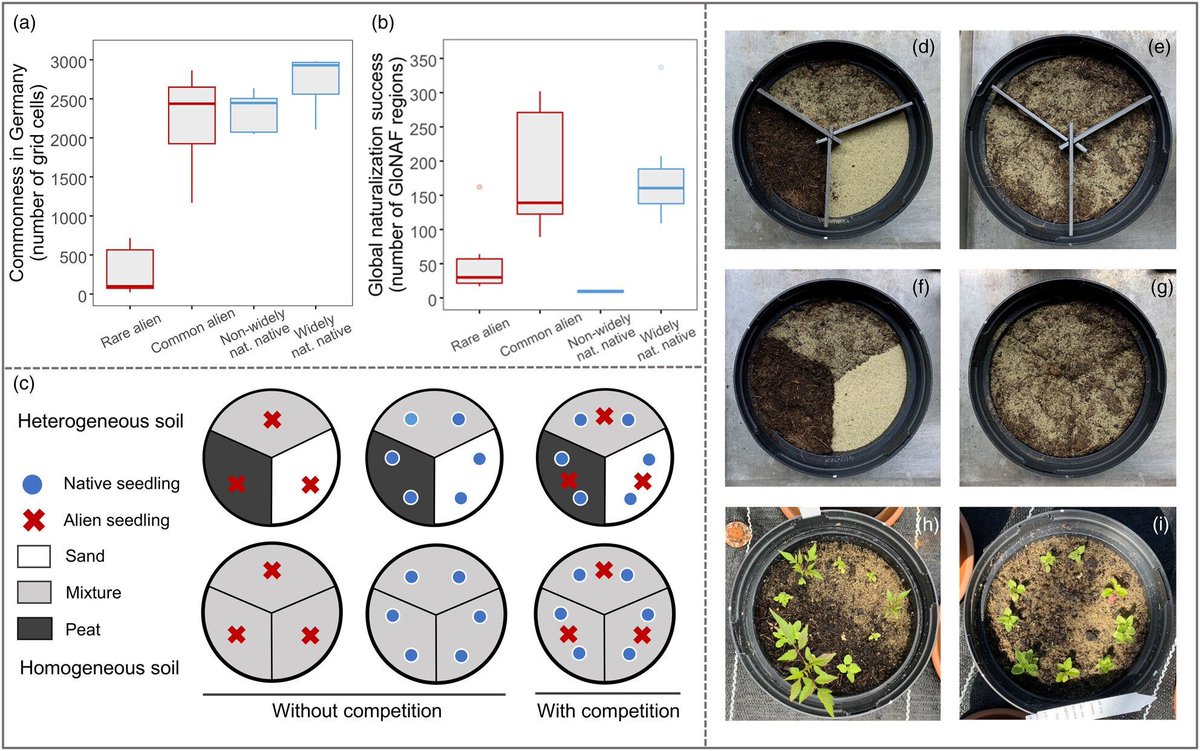
Journal of Ecology
@jecology
Journal of Ecology, a @BritishEcolSoc journal, publishing original plant ecology research for a global audience
ID: 52889950
http://www.journalofecology.org 01-07-2009 23:28:52
8,8K Tweet
32,32K Followers
570 Following

📣Call for Proposals!📣 🔋Our cross-journal special feature "Energy trade-offs under changing environments" is open to proposals! 💡Aim: To understand essential energy processes in the context of environmental change 👉Find out more: buff.ly/gvMdp1C Journal of Animal Ecology










🌲How conifers & angiosperms coexist is an enduring question. In this new study, researchers use a novel method to answer it in terms of their regeneration niches. The niches were found to be remarkably similar! Manaaki Whenua Landcare Research Department of Conservation 👇 buff.ly/jAal7Da


🍄🌱This new study from Sumatra, Indonesia reveals that land-use changes disrupt plant-fungal network connectivity! #Conservation #PlantScience #FungalEcology Uni Göttingen IPB Carina Moura Nathaly Guerrero Ramírez👇 buff.ly/jp7V69X







🦠Research reveals that nitrogen deposition decouples grassland plant community from soil bacterial & fungal communities, posing great challenges for an accurate evaluation of ecosystem functions under future global change scenarios 👇chunchang zai buff.ly/KJ75KnS



🌱Plant community dominance drove plant-soil feedback (PSF) among Medicago sativa cultivars, which was uncorrelated with PSF across other species due to differing responses to various soil microbes👇Jon Bennett USask PlantSci USask AgBio NSERC / CRSNG buff.ly/1dDZaGN




